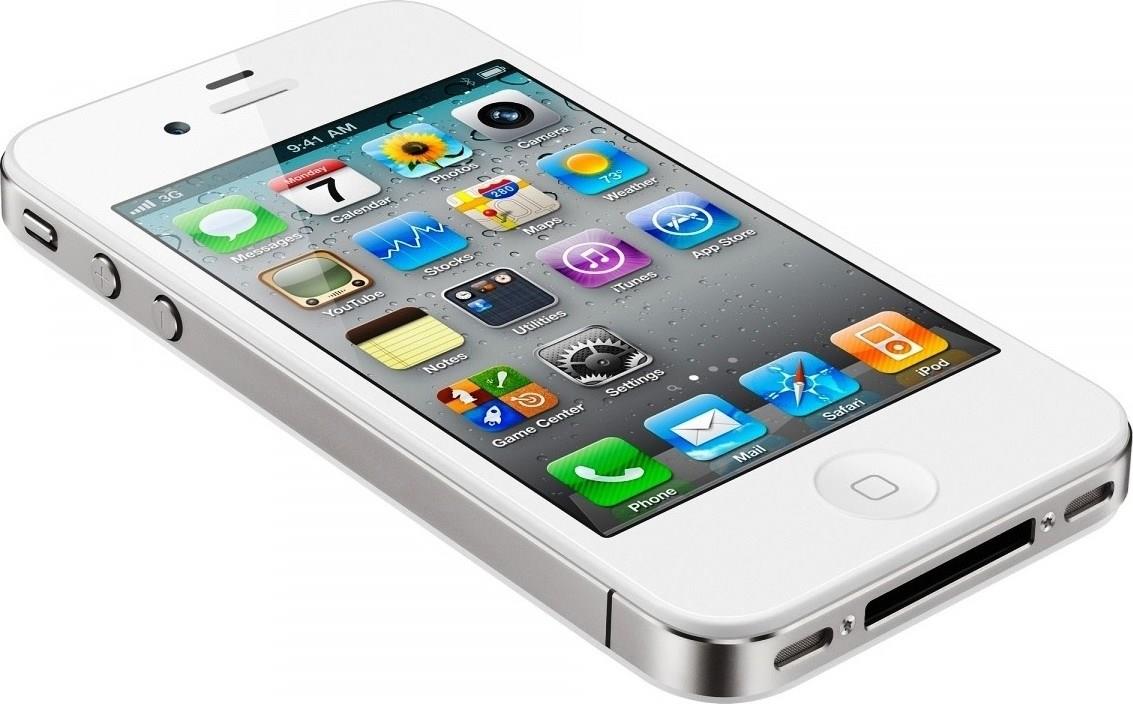The iPhone 4, evolutionary rather than revolutionary, has had users reporting signal strength problems since its launch. It continues to sell well, despite what appears a big flaw and Apple refusing to be helpful.
Let’s have a quick run down of what’s happened since the iPhone 4 launch on the 24th June.

June 24th
The same day as the phone launches, CNET report that users are having signal issues when holding the phone a certain way – in particular having your hand over the left hand corner of the phone (left handed users are more likely to do this whilst holding it).
When Ars Technica contacted Steve Jobs via email, he responded that users should “avoid holding it in this way”.
June 25th
Apple tell the press that losing signal whilst holding a phone is “normal” and that they should “avoid gripping it in the lower left corner”. Alternatively, “Simply use one of many available cases”.
June 26th
Engadget report that a Danish Professor warned Apple about their antenna design back in early June.
June 30th
In an internal memo, Apple tells staff not to offer customers free accessories that could resolve poor reception problems if they complain about low signal strength.
July 2nd
Apple decides to blame software rather than hardware for the signal problems, stating that the algorithms for displaying the signal strength were wrong.
July 12th
Consumer Reports says it can’t recommend the iPhone 4 after conclusive and extensive tests show “there is a problem with its reception”. It also says that its findings call Apple’s explanation of a miscalculated signal meter into question.
Engaget reports that Apple is deleting posts from its forum that make mention of the Consumer Reports article. It also tests the signal issue and reports that they have “confirmed and clarified that the antenna issue affects every iPhone 4”.
So…
I don’t really know where to begin with stating just how wrong this whole debacle has been handled. Apple’s ability to not accept any responsibilty for something that is blatantly a fault, goes beyond shoddy. The signal strength “bug” is simply the equivalent of sweeping rubbish under the rug – the problem is still there, just will now be reported differently.
Therefore, in the middle of all this, would you expect a well respected PC magazine to not only give the phone their top award BUT state “We have managed to replicate the problem, but to do so we had to grip it so hard, and in such an awkward manner, that it wasn’t a problem for us”. Which is odd, as all suggestions are that the signal strength problem occurs when simply holding it in the hand, with your palm gripping the lower left-hand corner. When I hold my phone I hold it like this, but on the right hand corner – if I was left handed, I’m sure I’d recreate the fault. Not only, that but the above tests by various other sites have shown conclusively that this is happening. If, indeed, it only happened when gripping it in “an awkward manner”, would there have been such a flood of users experiencing the problem?
So, stand up and be counted PC Pro, for your review. A review which has been, by the majority of commenters on their website, berated but which they still stand by.
A review, where although the iPhone gets a lesser score that than the HTC Desire, they are now recommending it over the Desire. A review which leaves the signal issue to the end and quickly moves past it after a half-arsed attempt to test it. A review where they admit it’s stupidly expensive (and only give it 3 out of 6 for value for money). I expected better of PC Pro. Even if you ignore the signal issue itself for a moment, the way that Apple are treating their customers (who have, after all, spent rather a lot of money on this product) is shocking. How can you recommend a faulty product, supported by a company that shows nothing but contempt for its customers?
Except, PC Pro is not alone.
Engadget, who are quoted above as stating that thet have “confirmed and clarified that the antenna issue affects every iPhone 4”, says in its review that “the iPhone 4 is the best smartphone on the market right now”.
Consumer Reports – you know, the people who can’t recommend buying an iPhone 4 – has it as their highest rated smartphone. So, they recommend it, but don’t.
What’s going on here? I’m not going to suggest anything dodgy (which many do), but are they getting caught up in the Apple hype, like so many other people? Why don’t they, once they know the extent of the issues, go back and change their review? Or, as is the case of Consumer Reports, you appear happy to have completely opposing views.
In these reviews I don’t notice the other problems with the iPhone being mentioned – for example, the sealed non-replaceable battery (well, unless you send it to Apple with a big fat cheque), the lack of Flash, the iTunes lock-in, etc. It’s as if these venerable, and respected, sites just accept this now as the norm and ignore it rather than keep bringing it up (which, let’s be honest, is the only way this is likely to change).
So, PC Pro, Engadget and Consumer Reports – do you still stand by your review? Will you look further into the signal issue, in light of thedamning evidence that it’s a lot more serious?
Update on 14th July:
Tim Danton, editor of PC Pro, replied…
We do still stand by the review, but I’ll leave it up to our reviews editor whether or not to comment any further…
I’ve not yet had a comment from their reviews editor. Or, indeed, Engadget or Consumer Reports.

Leave a Reply to Tweets that mention The iPhone 4 – We may or may not recommend it | Artiss.co.uk — Topsy.comCancel reply